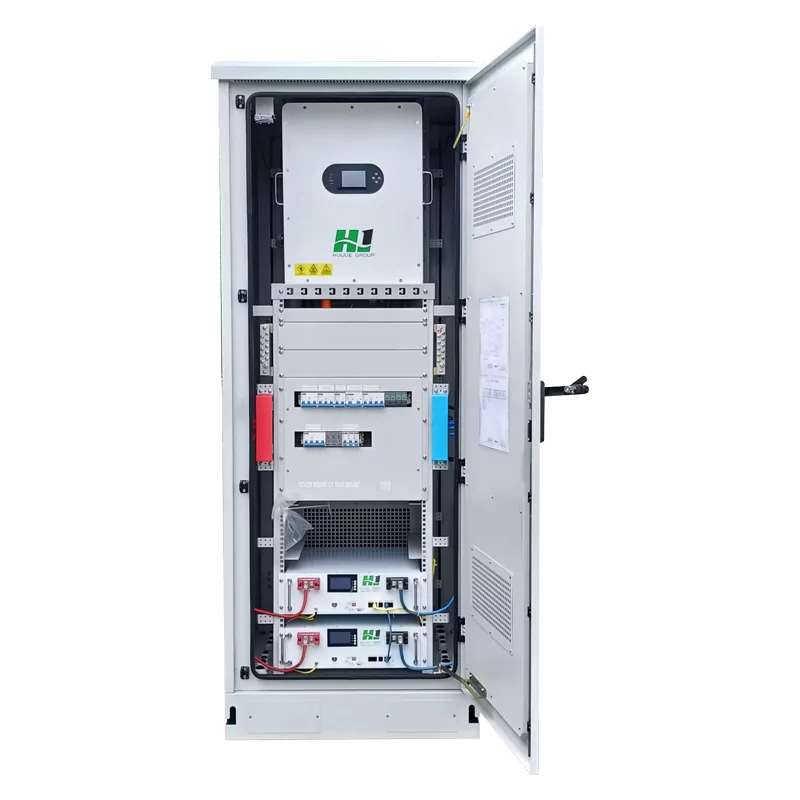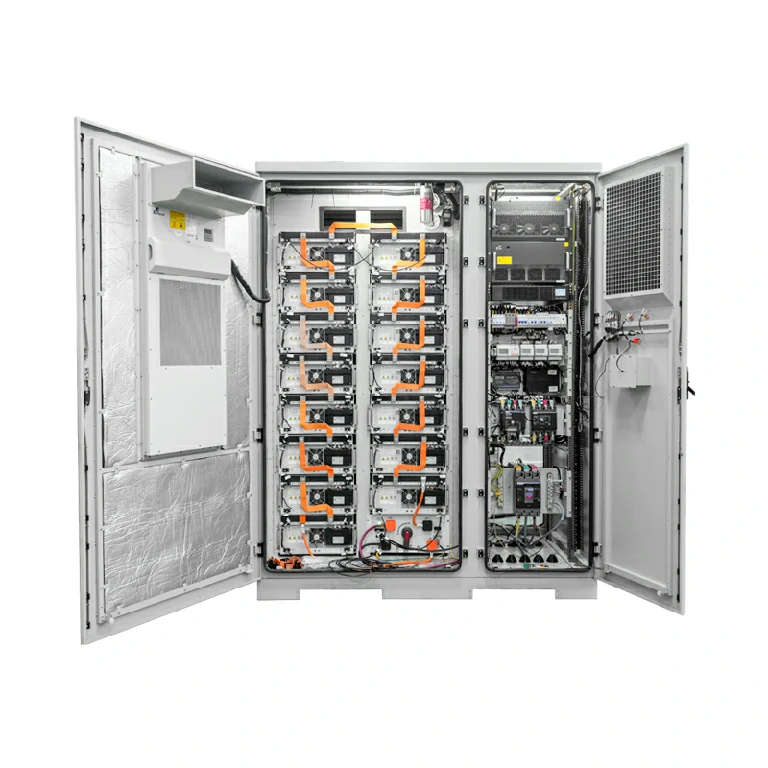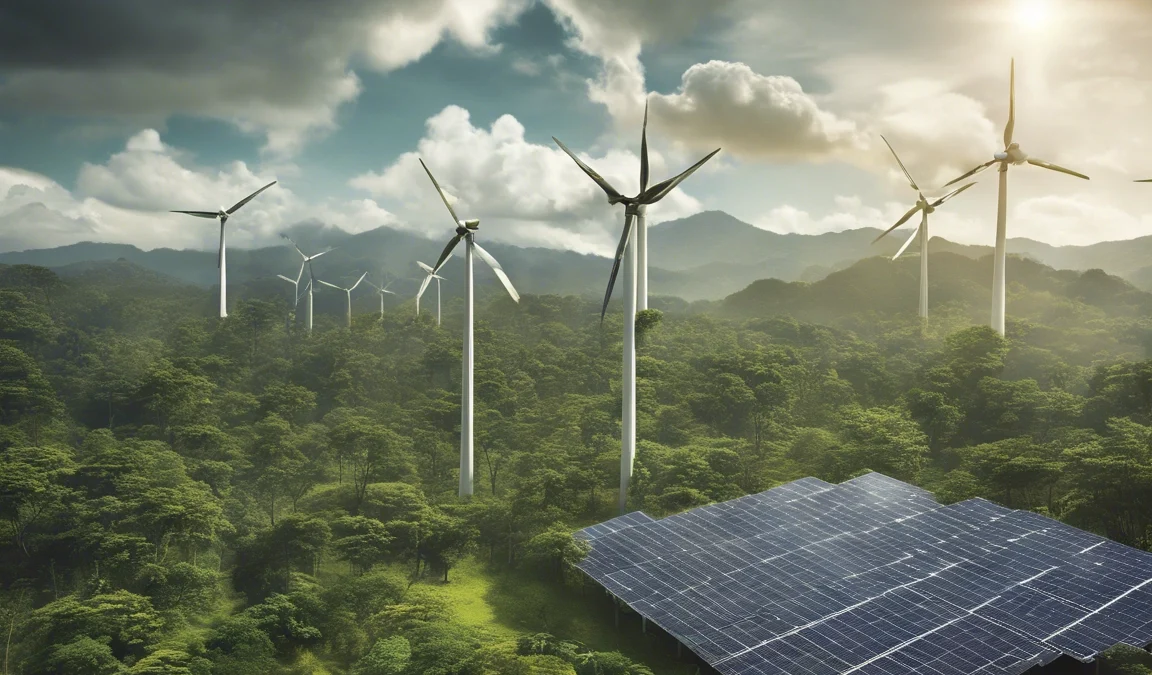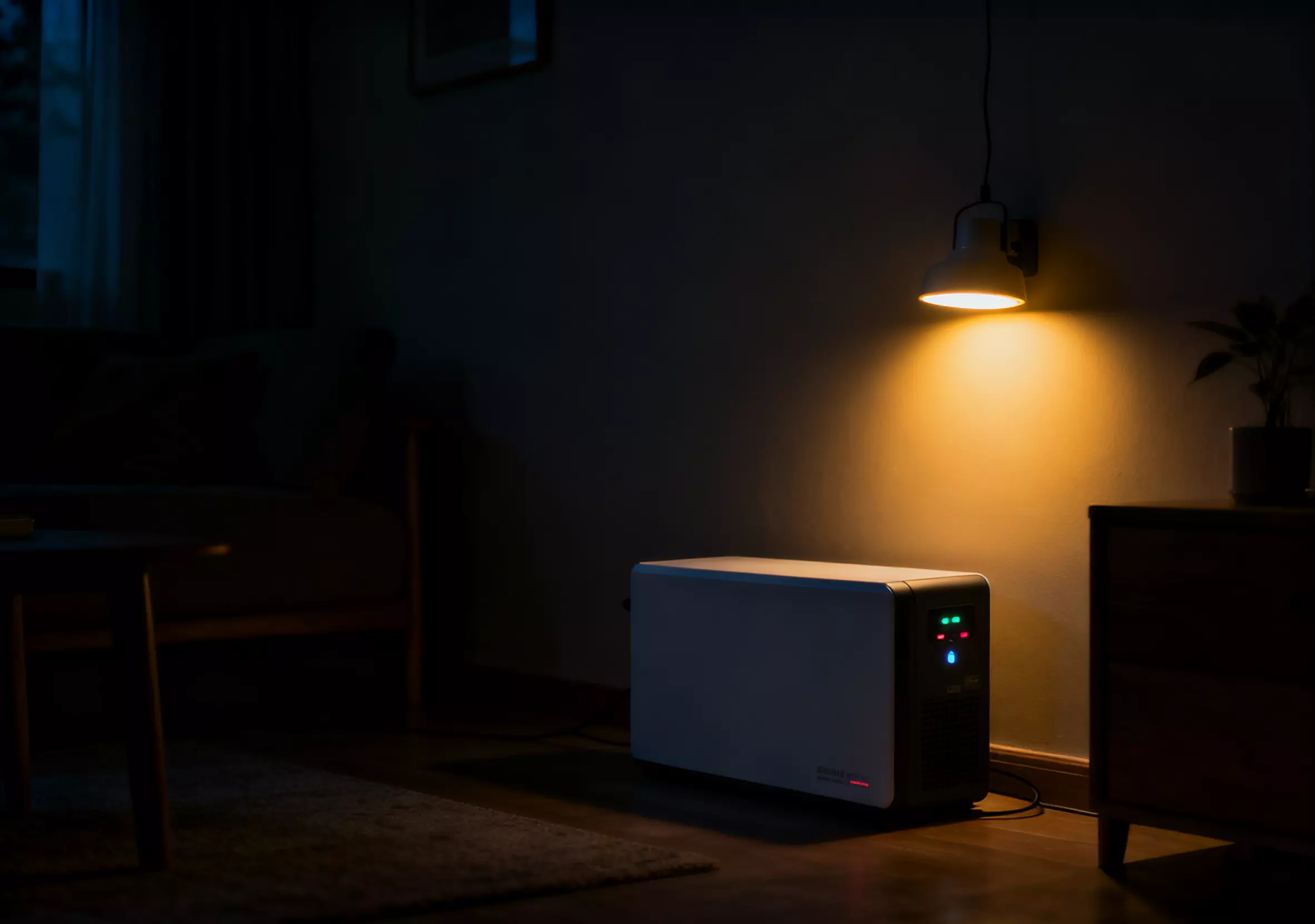European Energy Storage Industry is motivated by the “dual carbon” objectives and transition of the energy and has entered a phase of rapid development. In addition to Greece, Germany, Portugal, and Romania, many countries have already begun implementing extensive battery energy storage system (BESS) projects to bolster grid flexibility and improve the uptake of renewable energy. A noticeable increase in European energy storage projects dating back to 2025 can be interpreted as a major step towards energy independence and green development.
I. Greece: A Growing “Southern European Energy Storage Model”
A surge in power storage development is taking region in Greece, specifically close to the Mediterranean Sea. Principia Energy, an impartial electricity producer, has carried out a milestone via finishing its first huge battery storage project—the Themelio battery strength storage machine (49MW/127MWh). The web site of the building mission is in Halkidiki, the period of the building used to be simply 6 months, and the venture is deliberate to be commercially operational at the stop of 2025. The task contains a modern day power storage device from China, along with Sungrow Power’s grant of the battery system, inverters, and CALB’s manufacture of battery cells. The collaboration now not solely ensures the environment friendly and regular operation of the undertaking however additionally displays the workable of cooperation in the subject of sino-european electricity storage technology.
The commissioning of the Themelio system will effectively reduce renewable energy curtailment and balance power supply during peak and off-peak hours, making it a typical example of “balancing energy storage” in European energy storage projects. Currently, the Greek government is promoting the expansion of the energy storage industry through policy auction mechanisms, and the national cumulative installed capacity is expected to exceed 1GW by 2026.
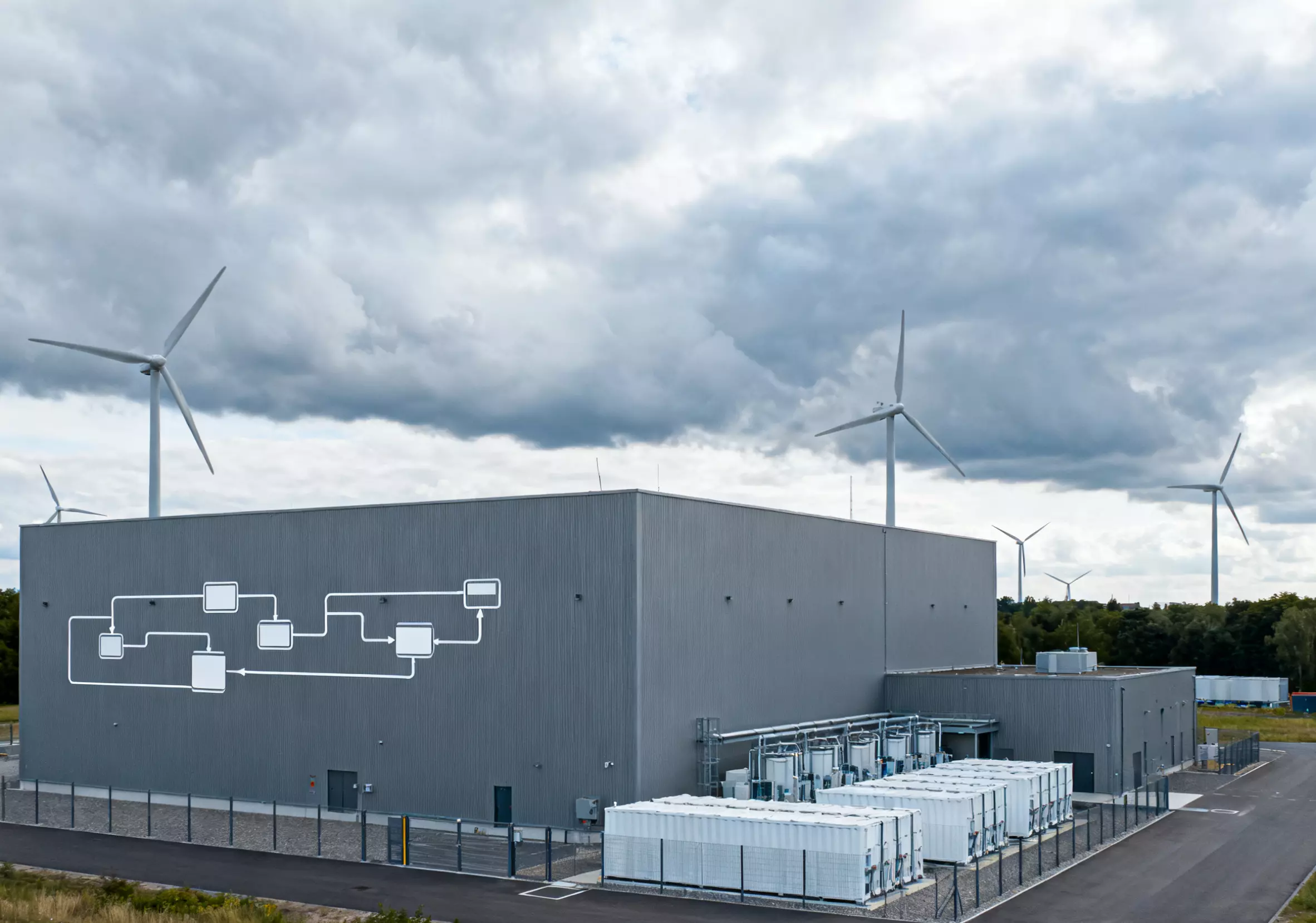
II. Romania: Repono Accelerates its Eastern European Energy Storage Expansion
Meanwhile, the energy storage potential of the Eastern European market has also been activated. Swedish energy platform Repono AB recently acquired a large-scale independent energy storage project in Romania, with a capacity of 202MW/404MWh, and plans to deploy 1.4GW of energy storage capacity in the country long-term. The project will be connected to the national grid through the Pitesti substation, providing solid support for regional power balance.
More notably, Repono was jointly launched by the EU’s energy innovation agency, EIT InnoEnergy, backed by substantial financial resources. The platform plans to deploy up to 100 GWh of energy storage capacity in Europe by 2030, clearly targeting the core of Europe’s energy structure transformation—energy storage infrastructure construction.
Regarding project commercialization, Repono has partnered with two well-known energy trading and optimization companies, Gunvor and Enspired, to ensure projects can efficiently participate in electricity market transactions and achieve long-term profitability for energy storage assets. This synergistic model of “technology + finance + market” is becoming a new trend in European energy storage development.
III. Germany: Energy Storage Optimization and Market-Oriented Operation Go Hand in Hand
In the European energy system, Germany is undoubtedly one of the earliest countries to promote the market-oriented operation of energy storage. German developer Kyon Energy recently announced a strategic cooperation framework agreement with energy optimization companies Entrix and Enspired to jointly promote the market-oriented dispatch and revenue optimization of multiple BESS projects in Germany.
These projects will adopt a multi-optimizer parallel mechanism, allowing each energy storage asset to achieve optimal dispatch based on electricity price fluctuations and frequency regulation needs. This signifies that Germany is transitioning from a purely construction-oriented market to a phase of “intelligent operation.” Meanwhile, Kyon’s acquisition by TotalEnergies has provided it with more substantial capital support for its energy storage projects, injecting new momentum into the European commercial and industrial energy storage market.
IV. Portugal: A New Direction for C&I Applications Integrating BESS and PV
In Southern Europe, Portugal is also at the forefront of integrating energy storage and distributed energy. Helexia, a subsidiary of IPP company Voltalia, signed an agreement with energy storage platform NGEN Group to jointly invest €20 million in building over 100MW of BESS projects, with the first phase expected to be completed in 2026.
These projects adopt a post-metering (BTM) application model, primarily targeting commercial and industrial users, providing enterprises with integrated PV + energy storage solutions to help them reduce electricity costs and improve energy independence and resilience. Particularly after the prolonged blackout in the Iberian Peninsula in 2025, attention to C&I energy storage projects has increased significantly, and market demand has grown substantially.
V. Future Trends and Implications of Energy Storage in Europe
From Southern to Northern Europe, from policy-driven to market-led, European energy storage is entering a dual era of “large-scale construction + intelligent management.” Over the course of five years, Europe will witness a further growth of energy storage systems, with a prediction of new installed capacity surpassing 50GW.
Storage units are not regarded as just secondary elements anymore, but as the primary regulators of the energy system; they link together Generation and consumption, balancing fluctuations and stability, and being a no other than key technology for grid security and carbon neutrality assurance.
VI. The Value of Energy Storage Systems is Expanding
For domestic energy storage equipment manufacturers and system integrators, the rapid development of the European market presents tremendous opportunities. Whether it’s large-scale centralized energy storage systems or commercial and industrial energy storage solutions, all rely on highly secure and highly integrated energy storage devices.
In this field, companies like Huijue Group, leveraging their technological accumulation in battery system integration, EMS energy management systems, and outdoor energy storage cabinets, are continuously providing the global market with highly reliable energy storage devices and integrated solutions. This not only helps customers achieve energy optimization and cost control but also lays the foundation for more “zero-carbon cities” and “smart grid” projects in the future.
Conclusion
The accelerated deployment of energy storage in Europe is not only a response to the energy crisis but also a strategic choice towards a low-carbon future. From Greece to Germany, from Romania to Portugal, large-scale energy storage systems are becoming the core pillar supporting Europe’s green energy system.
For global energy storage companies, this is undoubtedly a signal—the era of energy storage is fully arriving. Seizing this wave means seizing the next growth point in the energy revolution.


